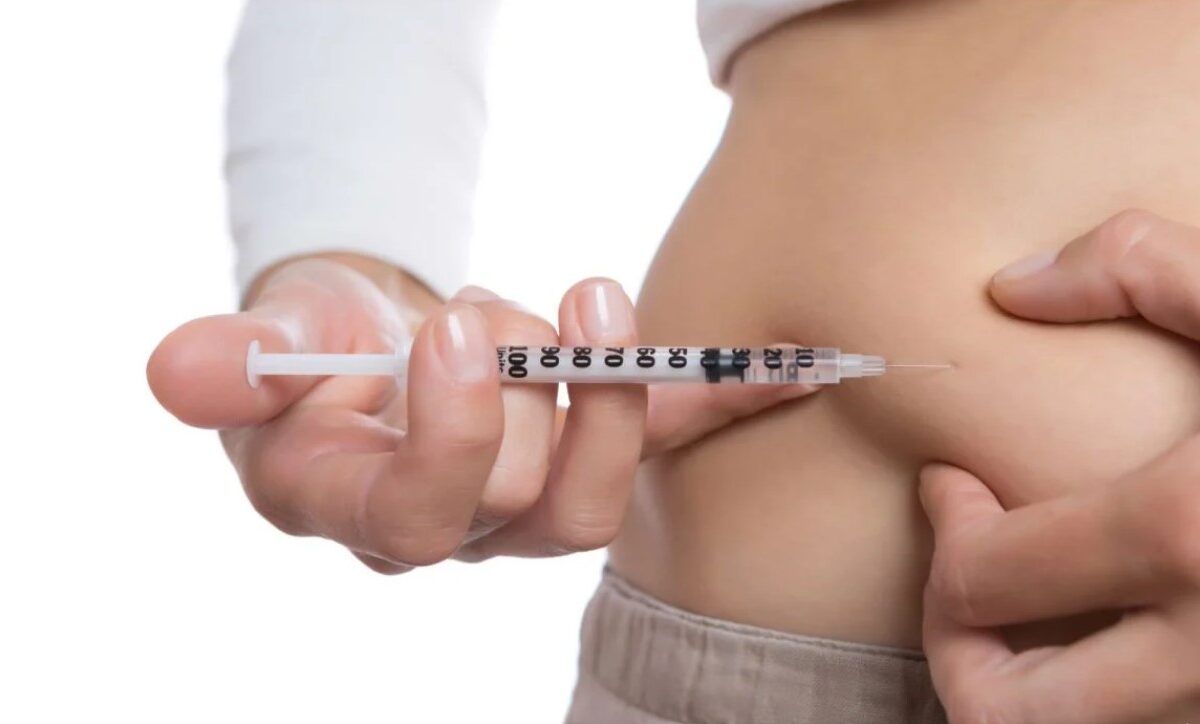HOMEHEALTH NEWS Scientists Develop New Gel That Heals Diabetic Wounds 3x Faster
- Biotechnology
- No Comment
- 303

A first-of-its-kind cell therapy promotes wound healing, improves overall wound health, and lowers risks of recurrence.
Individuals with diabetes often struggle with impaired natural wound-healing processes, leading to persistent wounds that can sometimes result in severe infections and even limb amputation.
To address this global healthcare challenge, a group of scientists from the National University of Singapore (NUS) have developed a groundbreaking magnetic gel designed to expedite the healing of wounds in diabetic patients. This novel approach not only promises faster recovery but also aims to decrease the likelihood of wound recurrence and subsequent limb amputations.
Each treatment involves the application of a bandage pre-loaded with a hydrogel containing skin cells for healing and magnetic particles. To maximize therapeutic results, a wireless external magnetic device is used to activate skin cells and accelerate the wound healing process. The ideal duration of magnetic stimulation is about one to two hours.
Lab tests showed the treatment coupled with magnetic stimulation healed diabetic wounds about three times faster than current conventional approaches. Furthermore, while the research has focussed on healing diabetic foot ulcers, the technology has the potential for treating a wide range of complex wounds such as burns.
“Conventional dressings do not play an active role in healing wounds,” said Assistant Professor Andy Tay, who leads the team comprising researchers from the Department of Biomedical Engineering at NUS College of Design and Engineering as well as the NUS Institute for Health Innovation & Technology. “They merely prevent the wound from worsening and patients need to be scheduled for dressing change every two or three days. It is a huge cost to our healthcare system and an inconvenience to patients.”
In contrast, the unique NUS invention takes a comprehensive ‘all-in-one’ approach to wound healing, accelerating the process on several fronts.
“Our technology addresses multiple critical factors associated with diabetic wounds, simultaneously managing elevated glucose levels in the wound area, activating dormant skin cells near the wound, restoring damaged blood vessels, and repairing the disrupted vascular network within the wound,” explained Asst Prof Tay.
The NUS team described their innovation in a paper recently published in the scientific journal, Advanced Materials. The research was conducted in collaboration with scientists from the Agency for Science, Technology and Research, Nanyang Technological University, Sun Yat-sen University, and Wuhan University of Technology.
By Science Daily
ReadMore: https://scitechdaily.com/scientists-develop-new-gel-that-heals-diabetic-wounds-3x-faster/



